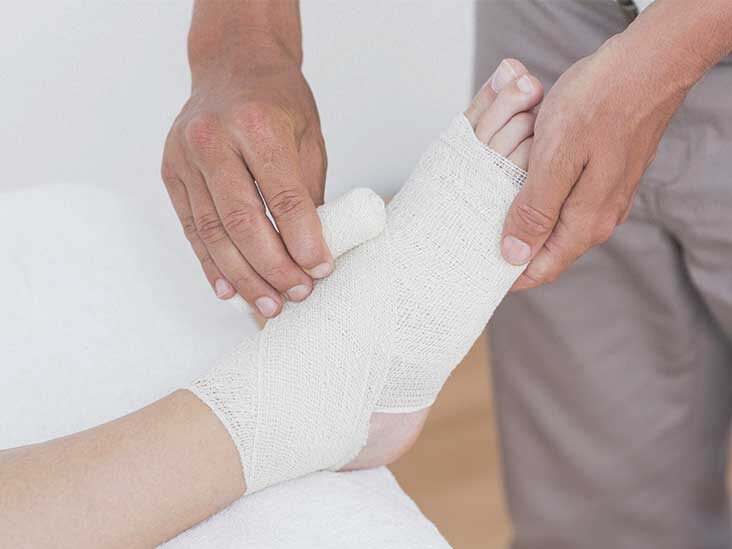Meet Specialist Orthopaedic and Joint Replacement Surgeon

Dr. Utsav Agrawal
Chief Knee and Hip Replacement, Complex Trauma Surgeon
Director Varunam SuperSpeciality Hospital, Nagpur
- M.B.B.S.
- M.S. Orthopaedics
- Fellow in Knee and Hip Replacement, Mumbai
- Fellow In Knee and Hip Surgery, Germany
- Fellow in Knee and Hip Surgery, NHS, Singapore
- Fellowship in Complex and revesion knee and Hip replacement, London, Lancaster, UK
Experience : 15 years / 15000+ Successfully Surgery completed
Joint Fracture In Nagpur
Joint Fracture
A joint fracture, also known as a broken joint, refers to a fracture that occurs at or involves a joint, where two or more bones meet. Fractures can occur in various joints of the body, such as the knee, shoulder, hip, ankle, wrist, or elbow.
Fractures are usually caused by traumas like falls, car accidents or sports injuries. But some medical conditions and repetitive forces (like running) can increase your risk for experiencing certain types of fractures.
If the bone breaks in such a way that bone fragments stick out through the skin, or a wound penetrates down to the broken bone, the fracture is called an open fracture. This type of fracture is particularly serious because once the skin is broken, infection in both the wound and the bone can occur.


Symptoms:
- Severe pain, swelling, and tenderness around the joint.
- Inability to move the joint or bear weight on it.
- Deformity or misalignment of the joint.
- Bruising or discoloration around the joint.
- A popping or cracking sound at the time of injury.
- discolored skin around the affected area
- protrusion of the affected area at an unusual angle
- inability to put weight on the injured area
- inability to move the affected area.
Causes :
- Trauma: High-impact injuries, falls, sports-related accidents, or automobile accidents can lead to joint fractures.
- Osteoporosis: Weakening of bones due to osteoporosis can increase the risk of fractures, including joint fractures.
- Overuse or repetitive stress: Repeated stress or excessive use of a joint, particularly in athletes or individuals involved in physically demanding activities, can lead to joint fractures over time.
Treatment
The treatment of joint fractures depends on the severity and location of the fracture. Common treatment options include:
- Immobilization: Splints, casts, or braces may be used to immobilize the joint and promote healing.
- Reduction: In some cases, a doctor may need to manipulate the bones back into their proper alignment (reduction) before immobilization.
- Surgery: Severe fractures or fractures that affect joint stability may require surgical intervention, such as the use of plates, screws, or rods to stabilize the joint.
- Rehabilitation: Physical therapy exercises are often prescribed to restore joint mobility, strength, and function after the fracture has healed.


Prevention
While it may not be possible to prevent all joint fractures, you can reduce the risk by:
- Wearing appropriate protective gear during sports or high-risk activities.
- Maintaining bone health through a balanced diet rich in calcium and vitamin D.
- Engaging in regular exercise to strengthen bones and muscles.
- Avoiding overuse or excessive stress on joints.
- Taking precautions to prevent falls, such as using handrails and removing hazards from the environment.
Recovery
The recovery time for a joint fracture varies depending on the severity and location of the fracture, as well as individual factors. It can range from a few weeks to several months. Following the prescribed treatment plan, attending physical therapy, and taking necessary precautions during the recovery period can help facilitate healing and improve outcomes.
